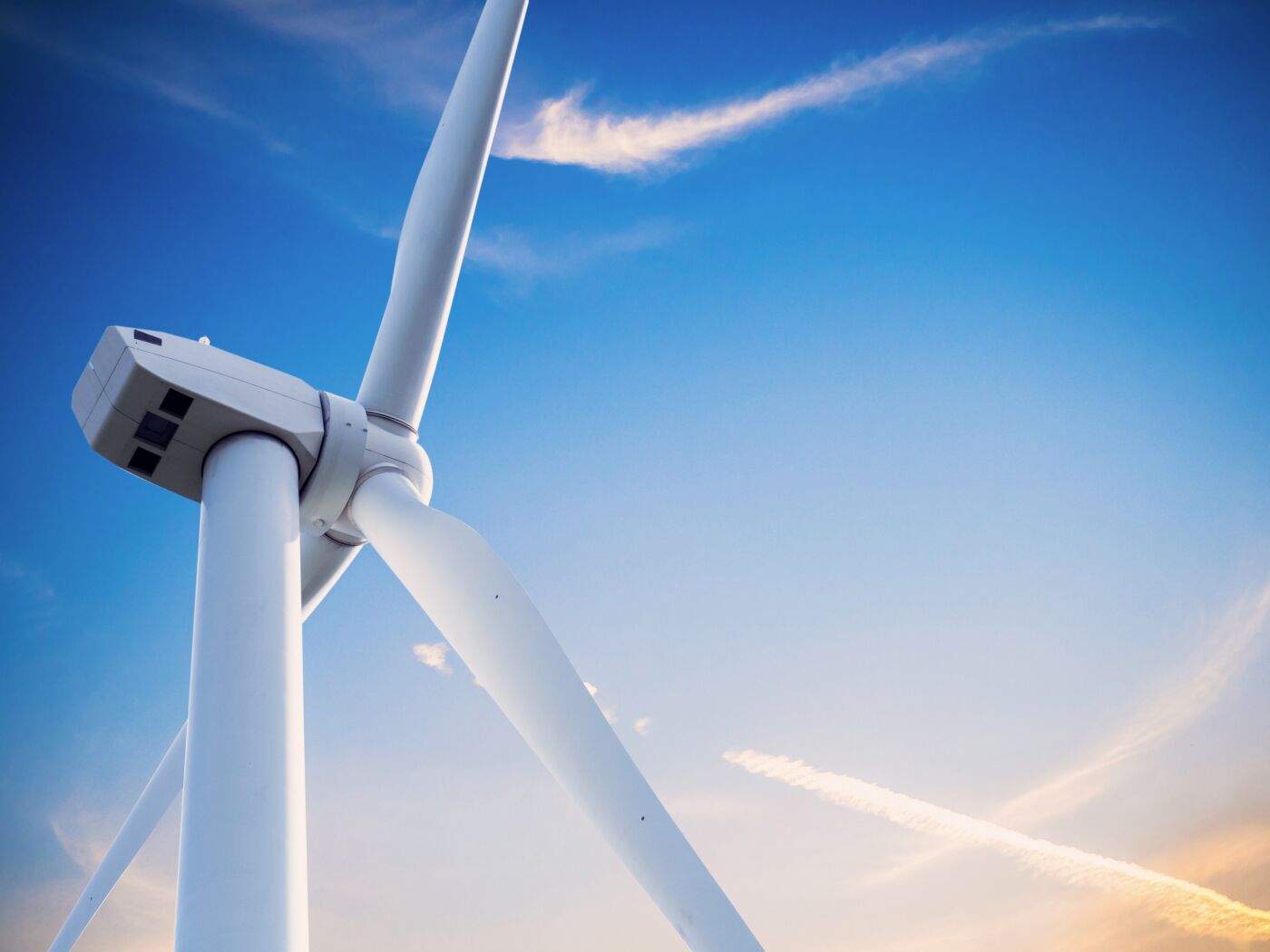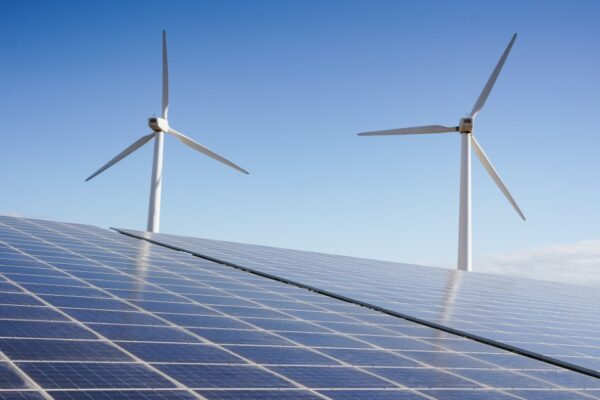The maximum output of wind turbines is currently 12 megawatts (MW). In the future, offshore turbines are expected to deliver up to 20 MW. This poses a challenge for the industry because more power also equates to more weight as the turbines increase in size. The unwanted side-effect of this growth is efficiency. It falls by the wayside and costs rise because of the additional effort of transport and assembly.
Superconducting lightweight generators could provide the solution. The EU-funded EcoSwing project has developed a generator that uses high-temperature superconducting material (HTS) instead of permanent magnets. It weighs 40 percent less than conventional generators while providing similar power outputs. The cutting-edge technology system slims down the entire nacelle by 25 percent making the wind turbine cheaper to build due to reduced material costs. In addition, fewer rare raw materials, such as neodymium or dysprosium, are used.
HTS generators start spinning
Field trials began on the Danish North Sea coast. The wind turbine was built by EcoSwing, nine European companies including industrial companies such as wind turbine manufacturers and superconductor experts, as well as research institutes. The HTS generator contains 40 coils with 20 km of HTS wire made of gadolinium, barium, and copper oxide. The special feature of this material is that it loses all resistance below a relatively high temperature of -180°C and the current can flow through it. Most superconductors have an operating temperature of -250°C. Regardless, the cooling system remains vital to this system. Rotating cold heads with liquid helium expand and extract heat from the coils on the generator.
Deploying this technology in the energy sector is unprecedented. Project leader Jesper Hansen told the Community Research and Development Information Service (CORDIS), “While some small-scale pilot machines (motors and generators) have been validated in laboratories, there have been few demonstrations of superconductive machines operating in industrial environments. We were the first to design, build, install, and operate a full-scale superconducting generator in a wind turbine. This process gave us incredible insight into how the technology can be applied using common tools and capabilities.”
A new superconductor standard
The HTS turbine ran for six months without maintenance issues during the trial. It remains to be seen how the technology will be used in the real world. In terms of production costs and performance in particular, superconductors are not competitive in today’s market. An HTS generator costs two to three times as much as a conventional one, and the trial only produced an output of 3.6 MW. That’s less than half the output of comparable offshore turbines, which can deliver an average of 7.8 MW.
However, according to Hansen, superconductors are ideal for higher output ranges: “For wind turbine applications above 6 MW, our projections show that superconductive electrical generators can be as cost-efficient as state-of-the-art technology, and competitiveness increases with power.” HTS technology could cut the weight of generators in the 10-megawatt range in half.
The results of the EcoSwing test are still being evaluated. Similar projects are already underway in the USA. In principle, the technology could even be used outside the wind sector. The generators can be converted into motors whose power density increases enormously with the use of HTS coils. Superconductors could then be used in aircraft, submarines, or ships wherever compact, efficient machines are an advantage.



